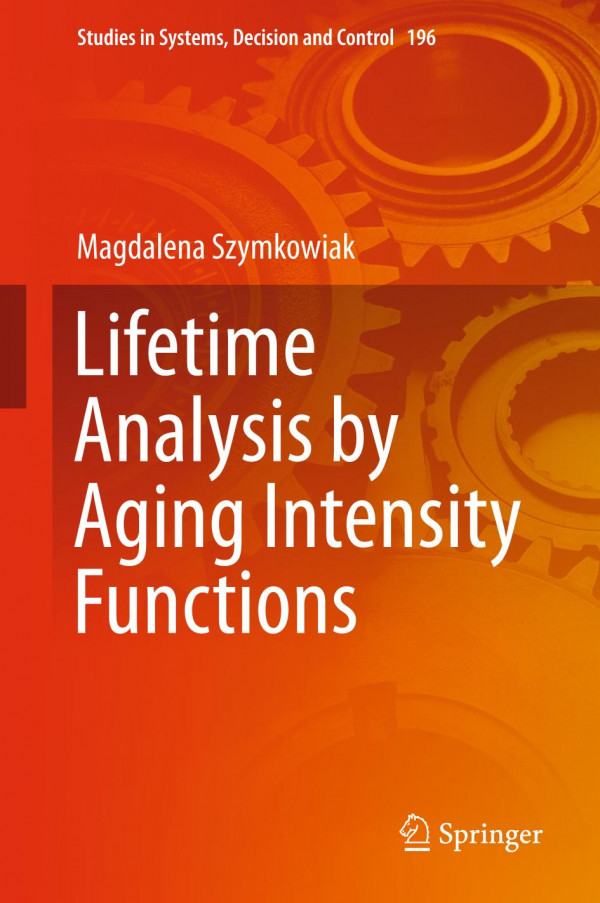

Most ebook files are in PDF format, so you can easily read them using various software such as Foxit Reader or directly on the Google Chrome browser.
Some ebook files are released by publishers in other formats such as .awz, .mobi, .epub, .fb2, etc. You may need to install specific software to read these formats on mobile/PC, such as Calibre.
Please read the tutorial at this link: https://ebookbell.com/faq
We offer FREE conversion to the popular formats you request; however, this may take some time. Therefore, right after payment, please email us, and we will try to provide the service as quickly as possible.
For some exceptional file formats or broken links (if any), please refrain from opening any disputes. Instead, email us first, and we will try to assist within a maximum of 6 hours.
EbookBell Team

4.4
92 reviewsThis book addresses a range of aging intensity functions, which make it possible to measure and compare aging trends for lifetime random variables. Moreover, they can be used for the characterization of lifetime distributions, also with bounded support. Stochastic orders based on the aging intensities, and their connections with some other orders, are also discussed.
To demonstrate the applicability of aging intensity in reliability practice, the book analyzes both real and generated data. The estimated, properly chosen, aging intensity function is mainly recommended to identify data’s lifetime distribution, and secondly, to estimate some of the parameters of the identified distribution. Both reliability researchers and practitioners will find the book a valuable guide and source of inspiration.